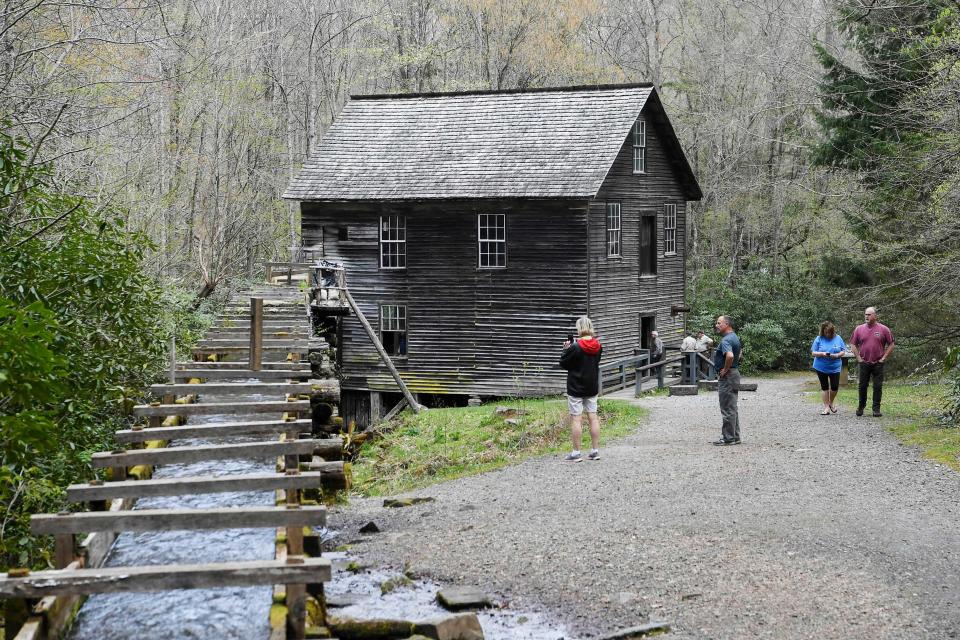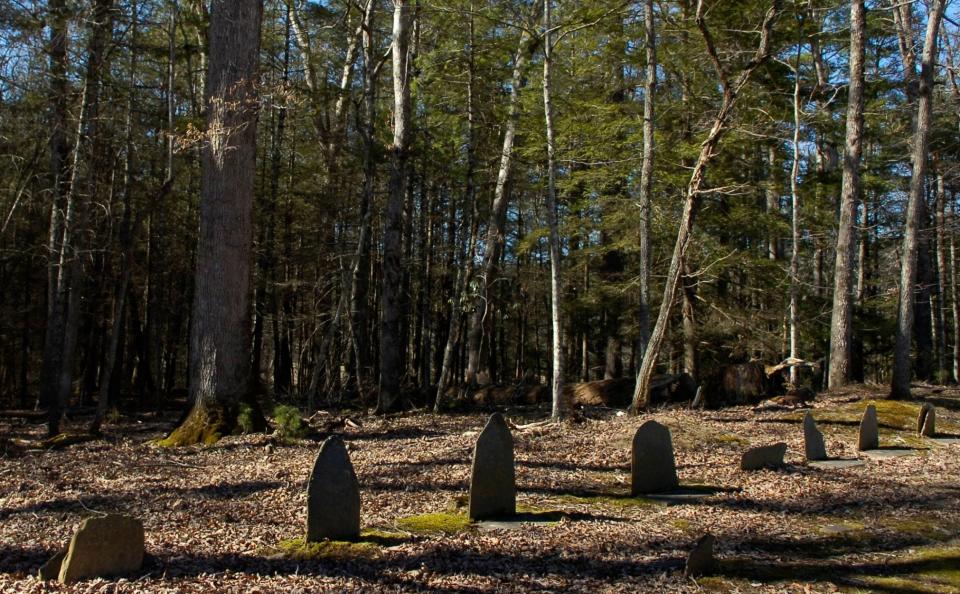Explore the history of the Great Smoky Mountains National Park through its cemeteries
America’s most visited national park also has a rich and storied history.
Before it was designated as a park in the mid-1930s, the region was home to 2,400 home sites and some 6,000 tracts of land that were settled by homesteaders, miners and loggers. European settlers first came there in 1795, with populations increasing over the next 150 years.
Cades Cove reached 708 residents by 1900, and Cataloochee had 1,250 residents in 1910.

Though the majority of the area’s residents were moved off of their land when it was designated as a national park, some were given permission to continue living there.
The last resident was Kermit Caughron, who lived in Cades Cove until his death in 1999, though the final residents moved out of the Elkmont ghost town in 2001. Generations of people lived (and died) in these Appalachian communities, and today the park is peppered with more than 200 cemeteries, ranging from small family plots to larger graveyards next to churches.
Some of the cemeteries are in the park’s remote backcountry, but descendents of those one-time residents are given Decoration Days when they can go clean and leave flowers or other mementos on their ancestors' graves. The events are often family reunions and include picnics and prayers.
Many of the graveyards are difficult to find or get to without intimate knowledge of the area and many have disappeared into the weeds over time, but the National Park Service has a map of all of the known cemeteries throughout the park’s 500,000 acres on its Burial Landscapes page. There are still cemeteries in the park referred to as “living” that people with a family connection to the area can choose to be buried in, too, while others are no longer receiving new burials.
The park’s cemeteries connect us with the past, offering insight into burial customs, religious practices, cultural and ethnic influences, and the origins of the area’s communities. In her book, Cemeteries of the Smokies, Gail Palmer tells the stories of thousands of former residents who are buried in the park, like Benjamin C. Parton, singer Dolly Parton’s great-great-grandfather, who is buried in the Greenbriar community’s Chris Parton Cemetery.
Palmer’s book provides GPS coordinates for all the cemeteries in the park and directions to get there, plus a list of the people buried in each one and their grave inscriptions. The book also includes lore, such as periwinkle being an indicator of a gravesite, which can sometimes be difficult to find in cases where wooden crosses have rotted away or are marked more informally using stones.
Here are a few of the cemeteries you can explore on your next visit.
Enloe Slave Cemetery
Located near the historic Mingus Mill, Enloe Slave Cemetery dates back to 1860 and is one of six known cemeteries for enslaved people in the park. The people buried there were enslaved by the Enloe or Mingus families, and the cemetery includes eight unmarked burials. The African American Experiences in the Smokies Project is dedicated to telling the untold stories of African Americans inside and outside of the park. The NPS is using cadaver dogs to reveal the burial sites of those in unmarked graves at cemeteries like Enloe and others.
Plemmons Cemetery
One of the park’s largest cemeteries is near the Greenbrier Picnic Area but can only be accessed by a no-motor-vehicles-allowed dirt road. Named after David Plemmons, the last preacher of the church that was once on the property, he donated land for the cemetery expansion shortly before everything was purchased to become the park. This cemetery holds more than 700 graves, many bearing names like Whaley, Mayes, Ownby, Cantrell, Husky, Bohanan and Rayfield, most familiar to those who are from the area.

Cades Cove
The Cades Cove area has three cemeteries, each with unique points of interest. The Primitive Baptist Church, which was built in 1887 and was closed during the Civil War because the church was pro-Union, while other people in the area were pro-Confederate; the preacher was run out of town. One of the area’s first settlers, John Oliver, and his wife are buried there. The Methodist Church has a graveyard that holds the tombstones of two infants that died the day they were born. The Missionary Baptist Church was founded by former members who wanted to do missionary work; it was also closed during the Civil War for the members’ pro-Union leanings. It also includes graves of children who died in infancy, a common cause of death in the 1800s.
Forks of the River Cemetery (Old Evans Chapel Cemetery)
This graveyard is next to park headquarters on Park Headquarters Road to the left of the parking lot. With graves dating from the 1880s through the 1920s, it has the family names Conner, Huskey, Kear, McCarter, Ogle and Ownby among its dead.
This article originally appeared on Nashville Tennessean: Explore the history of the Smokies through its cemeteries

